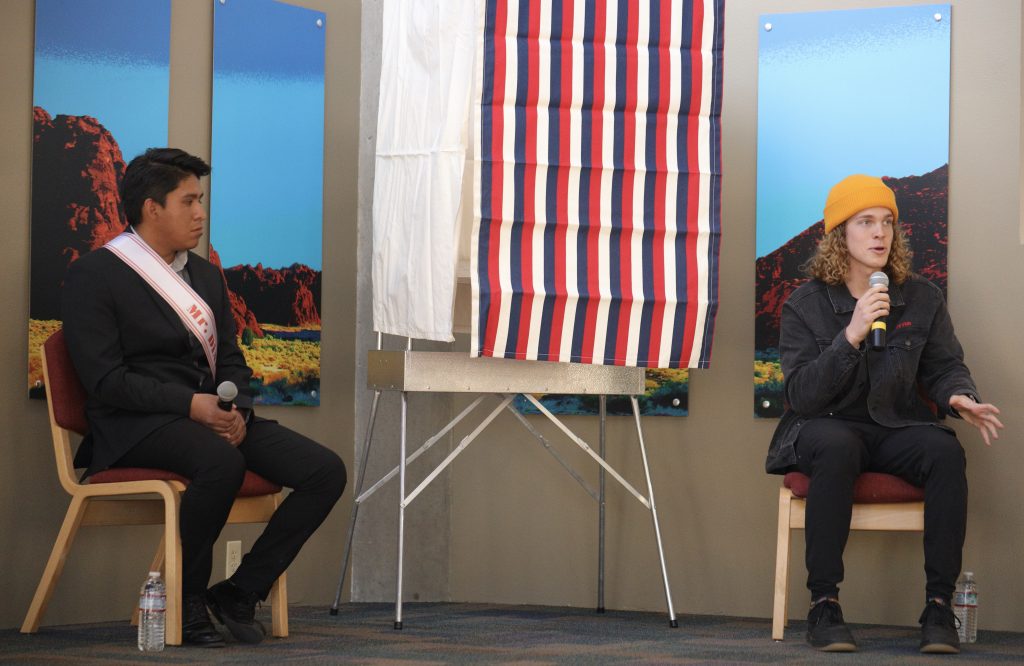The road to establishing Dixie State as a premiere university in Utah stretches far, and numerous students and staff believe bolstering physical education’s presence on campus is vital for doing so.
Plans for a new physical education building were put on hold last semester when funding needed from the state went elsewhere. Although DSU students must wait for a new facility, the building’s ultimate implementation is a top priority.
Dean of Students Del Beatty said DSU administrators presented a proposal to the Utah Division of Facilities Construction and Management. Despite sending the proposal, Beatty said the recent completion of the Jeffrey R. Holland Centennial Commons made receiving more funds so quickly a hard sell. However, because of DSU Student Association leaders’ planning and prioritizing, he said students can expect the addition soon.
“Student leaders have committed [to it] because they have been saving money for a building like this for awhile,” he said. “They are still committed to putting [funds] toward a physical education building. It will probably be the next building we get; it will just be a few years.”
Beatty said funding for the new building differs from traditional methods of garnering money for campus facilities because students pay half while administration will ask the state legislature for half. Because of this, construction of the addition may begin earlier than it typically would.
With the state government still recovering from the lingering impact of recession, DSU’s ability to accrue money through student fees for the project is vital. Beatty said fewer funds have been available for Utah universities with the state legislature strapped for cash.
The DSUSA’s support of the new building is built on the idea that a new physical education building will entertain students while allowing them to pursue more opportunities, Beatty said.
“We are hoping in the coming couple of years people will realize, ‘Yeah, that’s a need,’” he said. “And the state will say, ‘Yeah, that’s a good deal.’”
The push also combats a dilemma that intramural coordinator Dave Howell said puts a strain on student health and wellness: lack of space. With just one court open, campus recreation must divide availability between open gym and intramurals.
“In general, updating facilities space-wise will be a huge benefit,” he said. “Right now we have one gym that’s open to students to come use…When you compare that to other schools in the state, there’s not another school in the state that has [less than] two.”
With more courts, Howell said campus recreation could manage a court solely available for open gym time. In addition, more space for weights and cardio machines can open everything up and allow more students to utilize the resources presented to them. Students oftentimes have to compete for gym time, Howell said, and a new building can help campus recreation officials meet ever-increasing demands.
“The majority of students I hear from — and faculty and staff — say it would be a welcome addition to the campus; it’s kind of…the natural next step,” he said.


